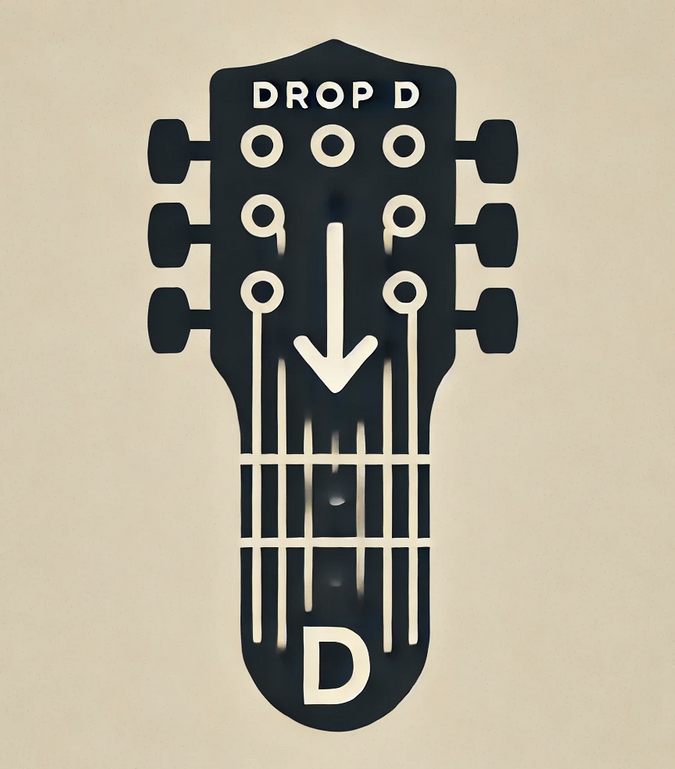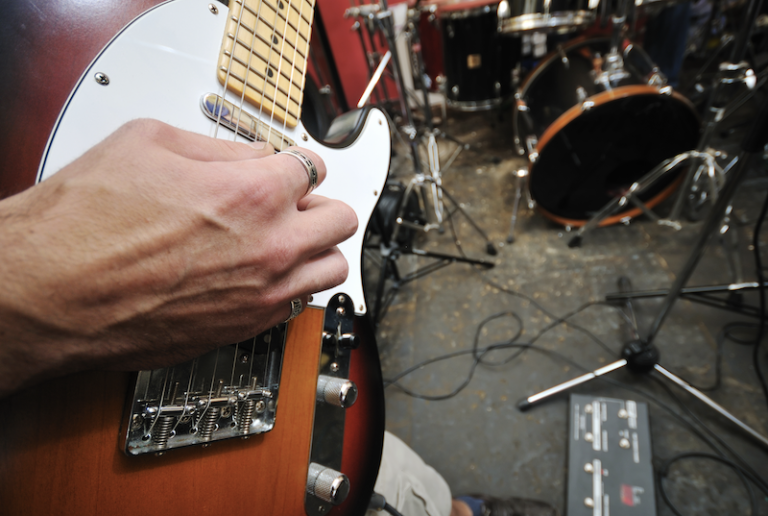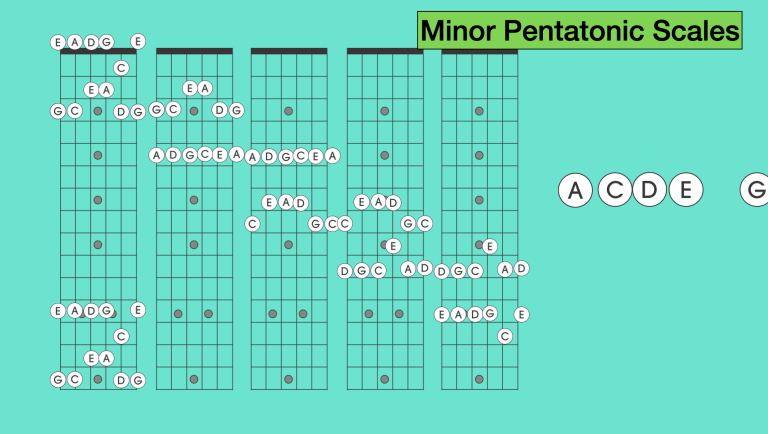What is the Purpose of Drop D Tuning?
What is the Purpose of Drop D Tuning?
If you’re a guitarist looking to expand your sound, what is the purpose of Drop D tuning? Drop D is a popular alternate tuning that involves lowering the 6th string from E down to D, providing access to new sounds and easier chord shapes. Drop D tuning has a range of practical and creative benefits, making it a favorite among beginners and seasoned players alike.
Fuller Sound for D Chords
One of the main reasons guitarists choose Drop D tuning is the richer resonance it brings to D chords. In standard tuning, a D chord doesn’t utilize all six strings, but in Drop D, the low D note on the 6th string adds a full-bodied sound that can enhance both major and minor D chords. This creates a powerful bass presence, giving your music depth that’s hard to achieve with standard tuning.
Easy Access to Power Chords
Another reason Drop D tuning is popular is its convenience for playing power chords, also known as 5 chords. In Drop D, a power chord shape requires only one finger to play on the 6th, 5th, and 4th strings, making it easy for beginners and a time-saver for experienced players. For example, simply barring the 5th fret on these three strings produces a G5 chord, while the 7th fret gives you an A5. This simplicity in chord shapes makes Drop D especially useful for rock and metal genres, where power chords are common.
Adjusting to New Scale Patterns
However, tuning to Drop D does change the patterns on the 6th string, which can impact familiar scale shapes and chord positions. This shift may feel confusing initially, but with practice, Drop D opens the door to creative possibilities that standard tuning can’t offer. Guitarists can easily navigate between major and minor scales in Drop D by observing how the lower D note complements the other strings.
Navigating the Fretboard in Drop D
When considering what the purpose of Drop D tuning is for more advanced players, it’s helpful to look at how the fretboard adapts. While most of the fretboard remains the same as standard tuning, the 6th string’s lowered pitch allows for creative chord voicings and deeper bass lines. For example, in D Major, the open 6th, 5th, and 4th strings produce a D5 chord, while the open 3rd, 2nd, and 1st strings play Em. As you move up the fretboard, this pattern reveals unique possibilities for chord arrangements and progressions.
Conclusion: What is the Purpose of Drop D Tuning?
In summary, the purpose of Drop D tuning is to unlock a fuller sound, easy power chords, and unique fretboard patterns. By lowering just one string, Drop D expands your musical palette, allowing you to explore new depths and tones. Check out the attached PDFs for Drop D fretboard diagrams plus D Major and D Minor sheet music examples to start experimenting with this versatile tuning!
by Henry Bahrou – Guitarist, Music Theorist, Music Academy Director

Check out and Use Noteflight.Com for Writing and Exploring Sheet Music Online!




